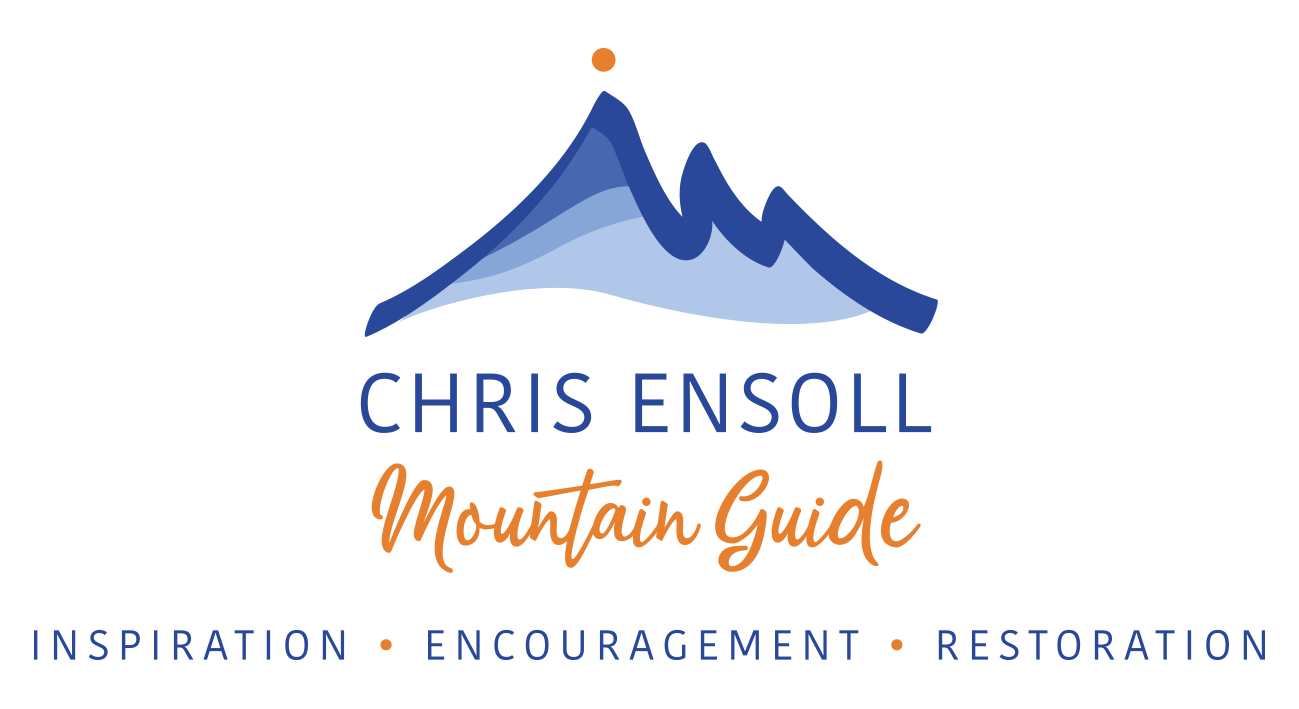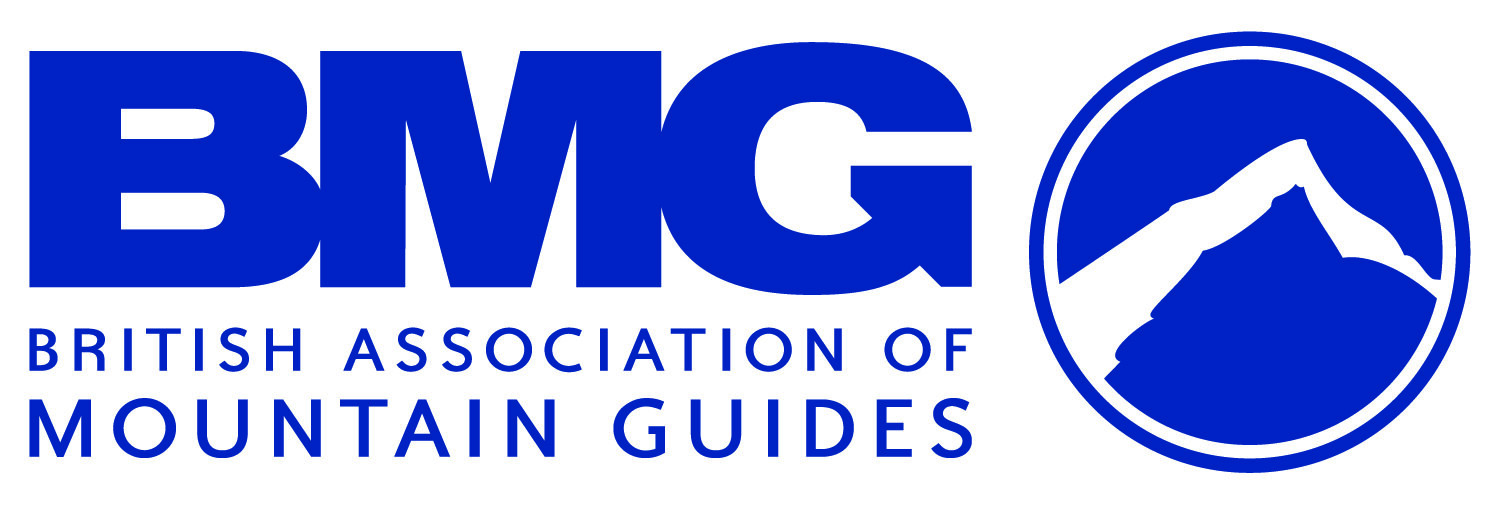A Sneak Peak Into A Mountain Leader Training Course
/WRITTEN by CHRIS & ANNE ENSOLL
When you sign up for something new, the worst thing for many people is not knowing what to expect. In 1990 I set off on my journey to becoming a British Mountain Guide. I had an idea of the outline of the course programme, and I had talked to other people who were further along in the scheme. But I still had unanswered questions, and I wasn’t totally sure what to expect. That is true for anyone on any course, whatever the subject or level of learning. And it will be true for you when you sign up for a Mountain Leader training course, so we’re giving you a sneak peak into our courses, including a couple of excellent videos made by one of the candidates.
Photo credit: Claire Gibson
Here are some pointers about what to expect on a Mountain Leader training course:
1. It is a six-day course...
...packed with learning and fun in the mountains. Our programme is designed to maximise the amount of time out in the mountains, and minimise time indoors. It is a challenging but rewarding experience, where you will meet like-minded mountain-lovers and form long-lasting friendships.
2. It is a training course...
...so you are not expected to know everything. However, you do need to meet the minimum requirements - 20 quality mountain days logged in the UK. If you have done a good deal more than the minimum, you will be able to learn more than if you are struggling to keep up with learning the basics.
3. Questions are welcomed
We like lots of questions! There is only one silly question – the one you didn’t ask.
4. People come from many different backgrounds...
...and bring lots of different experiences to the course. Some might be teachers wanting to take their pupils out of the classroom or do the Duke of Edinburgh award. Some are doing it to skill up for taking friends in the mountains, others are pursuing a career in the outdoors – they may be happy to stick with the Mountain Leader award, or they may progress higher up the qualification ladder.
5. There are guidelines that we have to work within...
...but at the same time we are given a lot of freedom as to how we present the course syllabus. We can adapt it to the needs of the group, as described in this feedback from Alex Massie a training course:
"Chris took us beyond the syllabus where he felt that we would become better leaders if we did so - this is very much appreciated and led to a much more engaging experience. It was great not to have a box ticking exercise, and to have something that reflected the nature of the group. Chris is clearly a highly intelligent, knowledgeable, and experienced instructor. His ability to engage with people is truly excellent - I am so glad that I chose to take this course with him"
You can read more client testimonials on the Mountain Leader training page.
6. An overview of a typical training course programme
Day one: mountain day
We usually meet at 9.30am, ready and kitted up for a full day in the mountains. We have a quick chat, with introductions to each other and an outline of the week. Then we’re off up the hill to look at navigation, personal movement skills, route selection and group leadership. In the late afternoon we have an informal mountain weather lecture.
Photo credit: Claire Gibson
Day two: security on steep ground
We look at route choices on steep ground and appropriate rope work. This is one of the areas of the syllabus that many people find most challenging, so there are lots of opportunities to practice. In the late afternoon we have a discussion about access and conservation in the mountains.
Photo credit: Martin Paley
Day three: bits & bobs day
This day includes route planning, a search and rescue exercise with improvised carries, and emergency procedures such as river crossing.
Days four, five & six: a three-day two-night expedition, wild camping in the high mountains
We’ll put into practice everything already learnt during days one to three, and add in campcraft and night navigation. We finish off with the expedition debrief, course debrief and goal setting for the assessment. When we run a training course in the colder months, we usually do an extra mountain day followed by a two-day one-night expedition, instead of a three-day two night expedition.
Photo credit: Val Kozlov
So what do the candidates think of the training course?
On our recent training course, we had a candidate who has his own YouTube channel where he posts videos about his outdoor adventures. He filmed the following videos during the course.
If you still have unanswered questions, don't hesitate to ask - email us or leave a comment below. We're looking forward to hearing from you soon!









